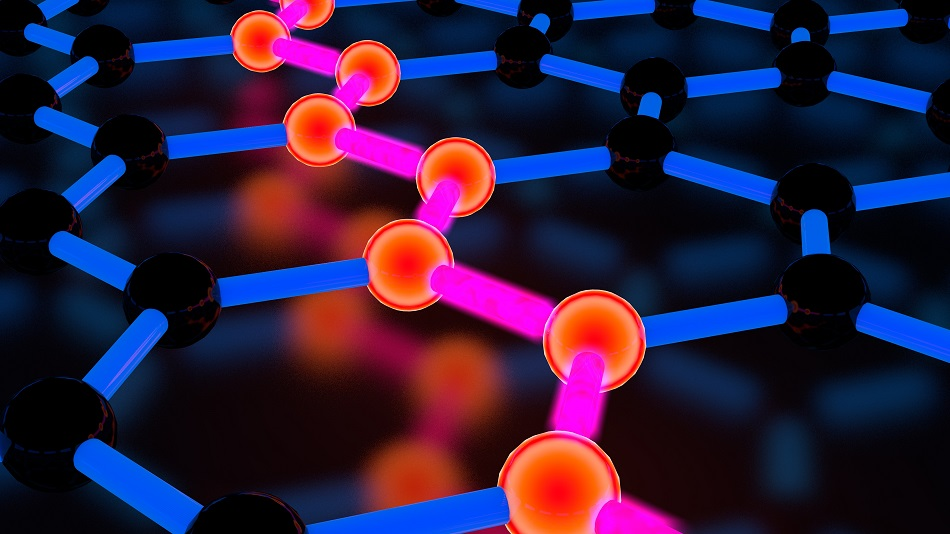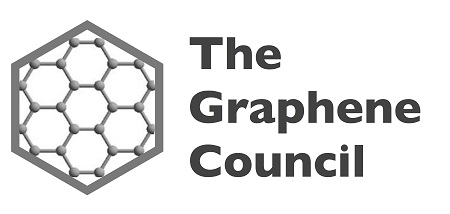
Image Credit: Tschub/Shutterstock.com
From a commercial perspective, graphene is not one material, but a family of materials founded on the original scientific definition of a single atomic layer of carbon that shares sp2 bonds. A large number of definitions for graphene materials results from the different processes by which graphene is produced.
The History of Graphene
Although the existence of graphene had been theorized long before it was finally produced in a lab, it was physically isolated for the first time in 2004 by Russian scientists Andre Geim and Konstantin Novoselov while working at the University of Manchester. In 2010, Geim and Novoselov were awarded the Nobel Prize in Physics for their work in the area.
The Physical Properties and Applications of Graphene
Graphene is an allotrope of carbon in two dimensional (2D) form. Its atomic structure is a hexagonal lattice. An allotrope is all the different physical forms that an element can take, and in the case of the element carbon, its allotropes include graphite, charcoal, and diamond. Although graphene is an allotrope of carbon, they have very distinct properties and physical characteristics, and graphene’s physical properties are often record-breaking.
For instance, among its many other astonishing properties, graphene has the highest electron mobility of any material, which refers to the speed at which electrons can pass through it. It’s estimated that graphene’s electron mobility is 100 times faster than silicon, making it a very appealing material for application in electronic devices.
Another of graphene’s attractive properties is that it holds the highest thermal conductivity of any material, even ranking above copper at ten times its thermal conductivity. Electronic applications could also benefit from this characteristic as it offers an important tool for thermal management in electronic components.
Additional to graphene’s long list of valuable properties is its virtual transparency, which again could be beneficial for electronic applications. This transparency is obvious when you consider that in its monolayer form graphene is just one atomic layer of carbon atoms. In this form, graphene allows approximately 97.7% of visible light to permeate. This transparency in combination with its conductivity makes graphene an extremely interesting option for electronic applications in displays or solar cells, among many other products.
Although it boasts many sought-after properties that would benefit the production of electronic devices and more, it is still a challenge to harness all of these beneficial properties in all of graphene’s different varieties into devices or materials that could benefit from them. For a variety of reasons, the theoretical properties are degraded when graphene is dispersed into a matrix.
Production Challenges
These challenges are both technical and economic. Achieving a homogenous dispersion with the correct chemical compatibility and the right nanomaterial is the key. For instance, if a composites manufacturer wanted to add graphene to tennis rackets to increase their strength, it would be necessary for them to know how to disperse the graphene throughout the matrix of the material, which is not easily done. Graphene, along with other nanomaterials, suffers from agglomeration issues when dispersed in resins, which causes it to bunch up, significantly reducing its practicality.
Complex dispersion techniques need to be developed in order to circumvent this issue, as well as establishing cure protocols and understanding of how surface activations of the underlying material will impact the graphene and its properties.
Summary
How can manufacturers harness the advantages of graphene’s superior strength in their products? It is not enough to just understand what graphene is as a material; it is more important to understand how graphene can be exploited for all the applications it is being targeted for. Engineers must realize that when it comes to graphene, adding less is often better for increased performance. In addition, with most materials, if one property is improved, it often comes at the expense of another. Graphene is unusual in this aspect in that it frequently improves multiple properties, even those that are normally in opposition such as wear and traction in rubber. This makes graphene unique.

This information has been sourced, reviewed and adapted from materials provided by The Graphene Council.
For more information on this source, please visit The Graphene Council.